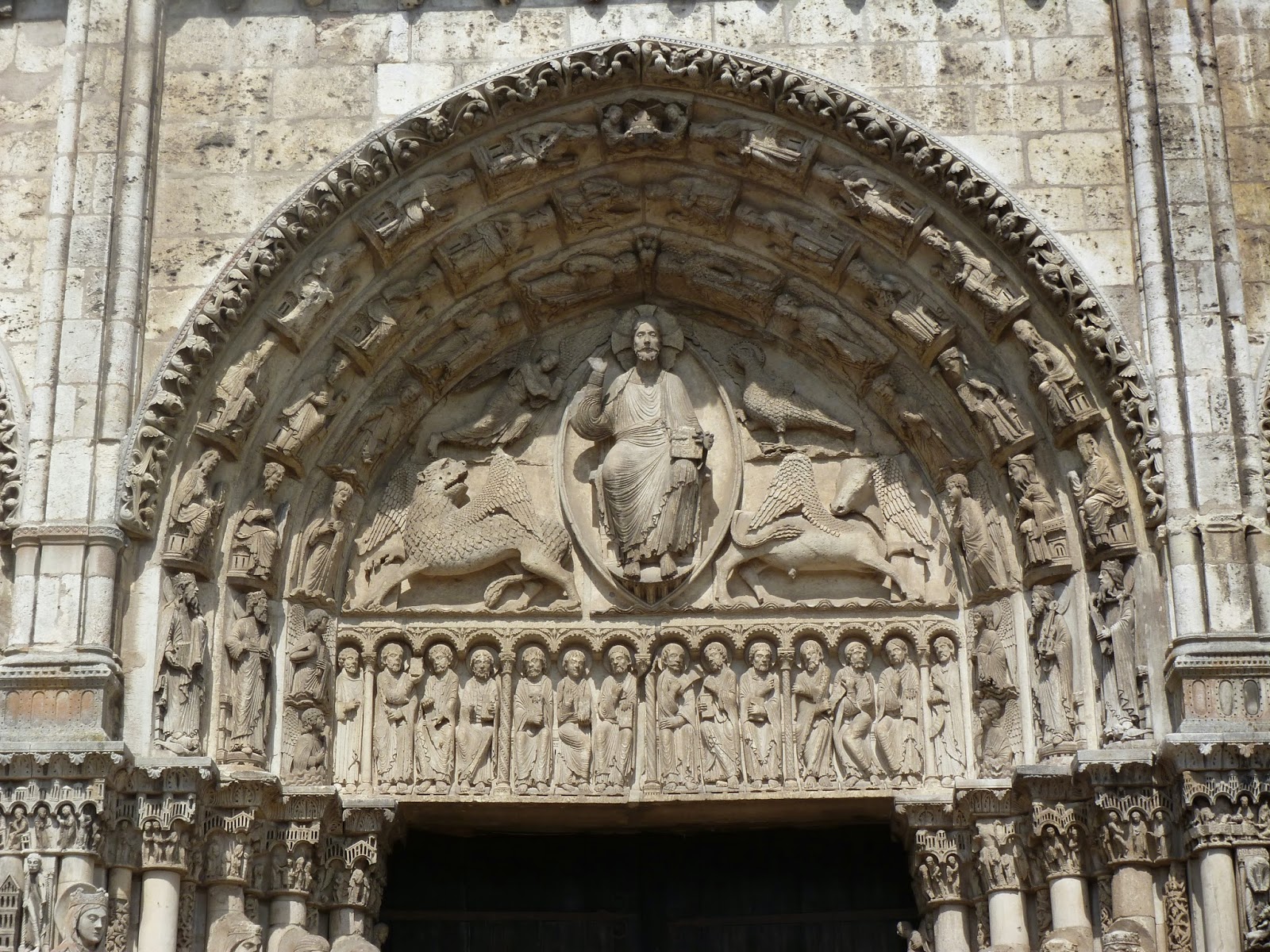Lorenzo Ghiberti, Sacrifice of Abraham, Competition Panel, Italian Renaissance
Filippo Brunelleschi, Sacrifice of Abraham, Competition Panel, Italian Renaissance
Florence Cathedral, dome designed and built by Filippo Brunelleschi, Italian Renaissance
Filippo Brunelleschi, The Pazzi Chapel, Florence, The Italian Renaissance
Linear Perspective; print by Vredeman de Vries
Linear Perspective: Masaccio, The Trinity, Italian Renaissance
Masaccio, The Tribute Money from the Brancacci Chapel, Italian Renaissance
Lorenzo Ghiberti, Second set of doors for the Florence Baptistery, "The Gates of Paradise," Italian Renaissance
Donatello, St. George, Italian Renaissance
Donatello, David, the first free-standing nude sculpture since ancient times, Italian Renaissance.
Jan Van Eyck, The Arnolfini Betrothal, Flemish Renaissance, an oil painting.
Rogier Van Der Weyden, Descent from the Cross, Flemish Renaissance, oil painting
Sandro Botticelli, The Birth of Venus, Italian Renaissance
THE RENAISSANCE
Florence
Lorenzo Ghiberti
--competition panels
Filippo Brunelleschi
--Dome of the Cathedral of Florence
--linear perspective
-----horizon
-----vanishing point
-----orthogonal
International Gothic
egg tempera painting
Masaccio
--Brancacci Chapel
Donatello
Flemish Painting
--Flanders
--oil painting
--Jan Van Eyck
----symbolic realism
--Rogier Van Der Weyden
Botticelli
read Chapter 15
Easter in Florence
The Scoppio del Carro del Fuocco, "Explosion of the Cart of Fire."
Every Easter, the Florentines drag out an enormous 4 story high cart called the Brindellone ("The Big Old Wreck"), hitch it up to a team of 4 white oxen and parade it through the streets of the city stopping in front of the Cathedral in time for Easter Mass. After the choir sings the Gloria of the Mass, a deacon takes a candle and lights it from the Paschal candle, and then ... well, watch what happens.
From the 2013 Scoppio del Carro,
The Florentines have been doing this ceremony in its present form complete with fireworks in church for almost 600 years. They've been doing some form of this Easter ritual for almost a thousand years. Remarkably, they have not yet burned down the Cathedral.
















































